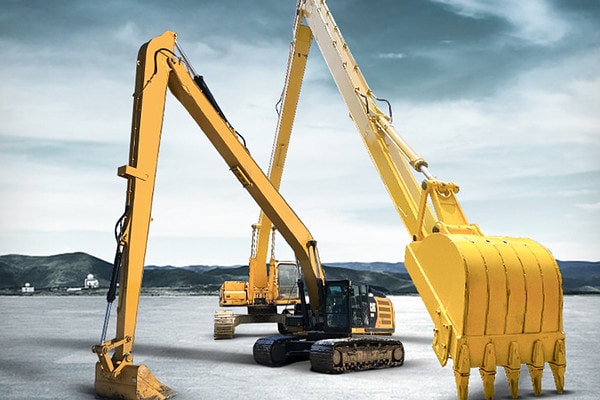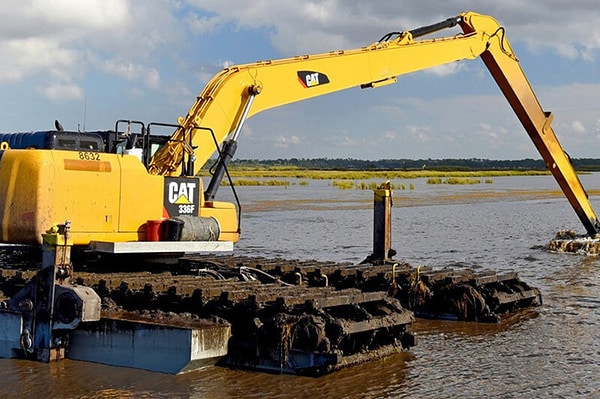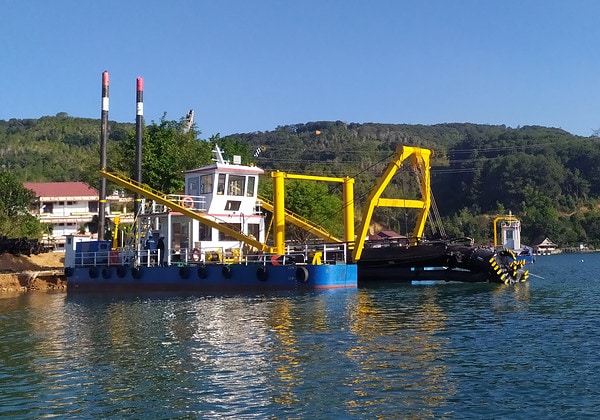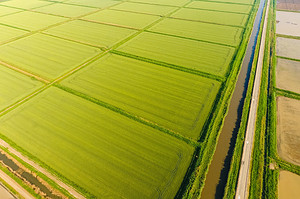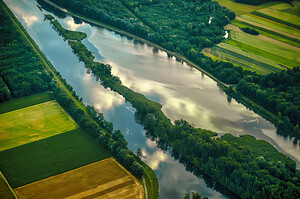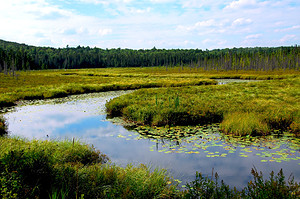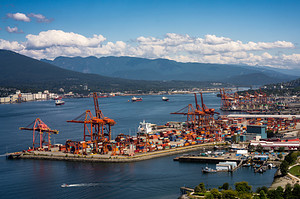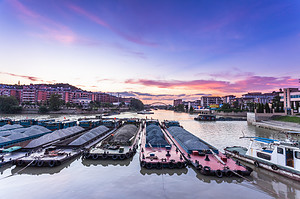A reservoir is a facility typically constructed manually for water storage, mainly used for regulating, storing, and supplying water resources. It is usually enclosed by embankments or dams. It plays an important role in urban water supply, agricultural irrigation, water conservancy and power generation, and flood control.
Content of reservoir dredging and volume expansion
- Sludge and sediment removal: The main task of reservoir dredging is to remove the sludge and sediment at the bottom of the reservoir. These sludges and sediments mainly come from river erosion, soil erosion, and sediment brought in by rainfall entering the reservoir. The removal of sludge and sediment can restore the capacity of the reservoir and maintain its normal operation.
- Debris removal: reservoir dredging also includes the removal of floating debris in the reservoir, such as driftwood, garbage, Aquatic plant, etc. These debris may block the inlet and outlet of the reservoir, affecting its water storage and regulation functions.
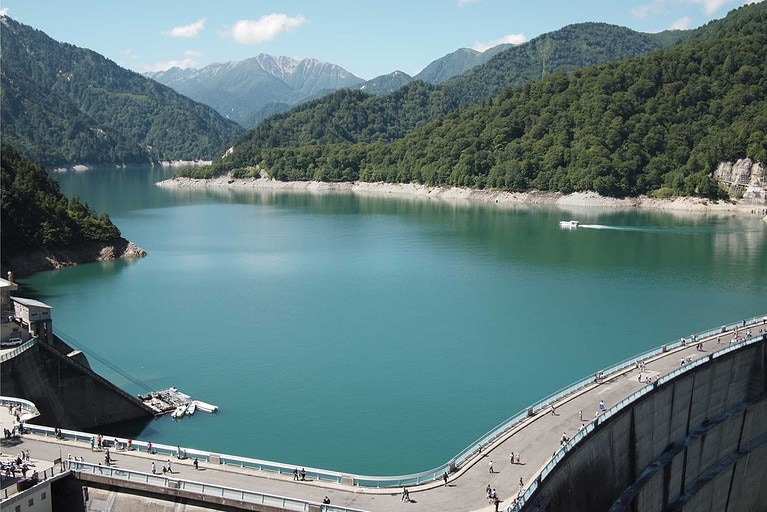
The role of reservoir dredging and volume expansion
- Restore reservoir capacity and water quality: Sedimentation in the reservoir will reduce its capacity, affecting its regulation and water supply functions. Regular dredging can remove silt and sediment, restore the capacity and water quality of the reservoir, ensure the normal operation of the reservoir and the sustainable utilization of water resources.
- Improve the flood control capacity of the reservoir: Sedimentation in the reservoir will reduce its flood control capacity and increase the risk of flood discharge. Through dredging, the storage capacity of reservoirs can be increased, flood control capacity can be improved, and the safety of downstream areas can be protected.
- Protection of reservoir structures and facilities: Siltation and sediment accumulation may have adverse effects on reservoir structures and facilities, such as blocking inlet and outlet, etching embankments, etc. Dredging engineering helps to protect the integrity and safety of reservoirs.
Benefits of reservoir dredging and volume expansion
- Provide reliable water supply: Dredging reservoirs can increase their capacity, provide reliable water supply, and meet the needs of agricultural irrigation, urban water supply, and industrial water.
- Improving water quality and ecological environment: Dredging of reservoirs helps to remove pollutants from silt and sediment, improve water quality, and maintain the ecological environment and biodiversity around the reservoir.
- Improve power generation efficiency: dredging of the reservoir can improve the storage capacity of the reservoir, increase the water flow, and thus improve the power generation efficiency of the hydropower station.
- Reducing flood risk: Regular dredging can increase the storage capacity of reservoirs, reduce the frequency and severity of floods, and reduce the risk of flood disasters.
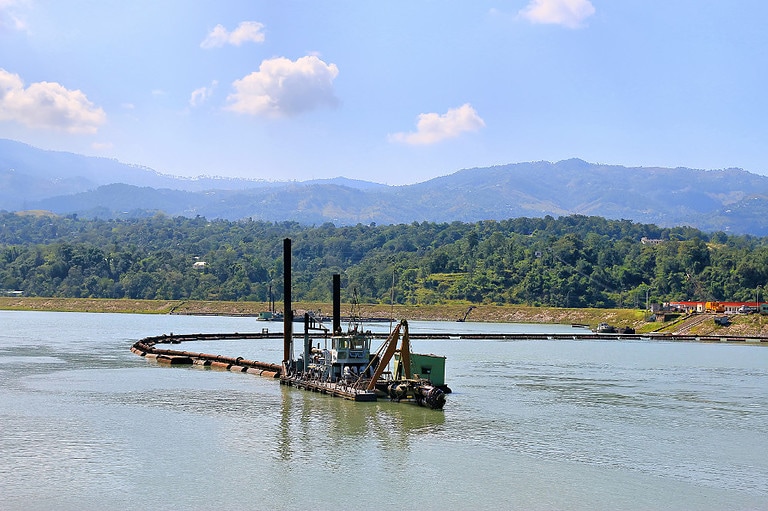
Commonly dredging equipment
Reservoir dredging engineering is of great necessity and potential benefits for ensuring water resource supply, improving reservoir flood control capacity, protecting reservoir facilities, and improving water quality and ecological environment. The specific project should be planned and implemented based on the characteristics and needs of the specific reservoir.
X-dredger can provide dredging equipment including cutter suction dredgers, bucket wheel dredgers, trailing suction dredgers, excavator floating platforms, amphibious excavators, excavator extension arms, buckets, pile foundation construction equipment, etc. If you have dredging needs, please feel free to contact us at any time. We can provide customizable, reliable, efficient, and cost-effective dredging products according to your engineering needs.

